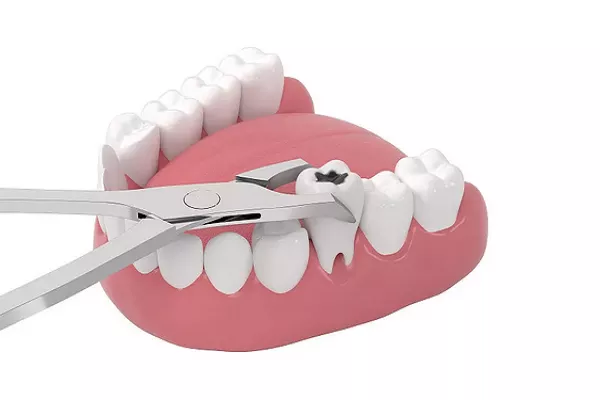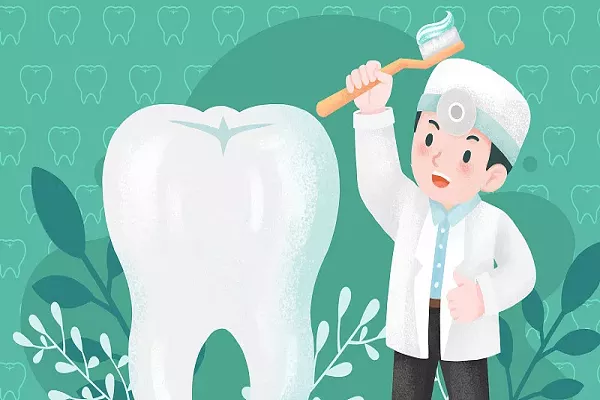Dental fillings play a crucial role in restoring the structural integrity and functionality of teeth affected by decay or minor damage. If you’re in need of multiple fillings, you might be wondering how many fillings a dentist can do at once. Striking a balance between efficiency and patient comfort is essential when determining the number of fillings that can be performed in a single visit. This article aims to provide insights into this topic, addressing factors that influence the decision and considerations for both dental professionals and patients.
Understanding Dental Fillings
Dental fillings are restorative materials used to repair teeth that have been compromised by cavities, fractures, or other forms of damage. They prevent further decay and restore the tooth‘s strength, functionality, and appearance. Dental professionals use various filling materials, including amalgam (metal), composite resin (tooth-colored), porcelain, and gold, depending on the patient’s needs and preferences.
Factors Influencing the Number of Fillings
The decision regarding how many fillings can be done at once depends on a combination of factors, including:
1. Extent of Decay or Damage: The severity and extent of decay or damage in each tooth influence the complexity of the restoration. Teeth with more extensive issues might require more time to complete the filling procedure.
2. Patient Comfort: Patient comfort and overall experience are priorities. Performing too many fillings in one visit could lead to discomfort or fatigue for the patient.
3. Treatment Duration: The time required to complete each filling procedure varies. Longer procedures can lead to patient fatigue and may impact the dentist’s scheduling.
4. Anesthesia: Depending on the patient’s preference and the extent of the procedure, local anesthesia might be used. Administering anesthesia for multiple teeth in one visit needs to be carefully managed.
5. Dental Team Efficiency: The efficiency of the dental team, including the dentist and dental assistants, plays a role in the number of fillings that can be done in a single session.
6. Patient’s Oral Health: The overall oral health of the patient, including the condition of the surrounding teeth and gums, can influence treatment planning.
Balancing Efficiency and Patient Comfort
While it’s possible to have multiple fillings done in one visit, dental professionals aim to strike a balance between efficiency and patient comfort. Here’s how they manage this delicate balance:
1. Treatment Plan: The dentist develops a comprehensive treatment plan that considers the number of fillings needed and their locations.
2. Prioritization: If multiple fillings are required, the dentist may prioritize areas of more significant decay or discomfort.
3. Consultation: The dentist discusses treatment options and the recommended number of fillings with the patient, taking into account the patient’s preferences and comfort level.
4. Time Management: The dentist allocates adequate time for each procedure to ensure that quality is not compromised.
5. Anesthesia Management: The dentist manages anesthesia to minimize discomfort and numbness in the patient’s mouth.
Benefits of Single or Multiple Visits
Both single and multiple visit approaches have their benefits:
1. Single Visit Approach: Having all fillings done in a single visit can be convenient for patients with limited schedules. However, it may lead to prolonged chair time and potential discomfort.
2. Multiple Visit Approach: Spreading out the procedures over multiple visits allows for greater patient comfort, shorter chair time per visit, and improved overall experience.
Patient Collaboration and Communication
Open communication between the dentist and the patient is essential in determining the number of fillings to be done at once. Patients should feel comfortable discussing their preferences, concerns, and comfort levels with the dentist. Dentists, in turn, provide transparent explanations of treatment options and the rationale behind the recommended approach.
Conclusion
The decision of how many fillings a dentist can do at once is based on a combination of factors, including the extent of decay, patient comfort, treatment duration, and dental team efficiency. Dental professionals prioritize both efficient treatment and patient comfort when planning multiple fillings in a single visit. Collaboration between the dentist and the patient, along with transparent communication, ensures that the chosen approach aligns with the patient’s preferences and overall oral health goals. Balancing efficiency and patient comfort leads to successful outcomes, restoring the functionality and aesthetics of the patient’s teeth while providing a positive dental experience.
Related Topics:





























